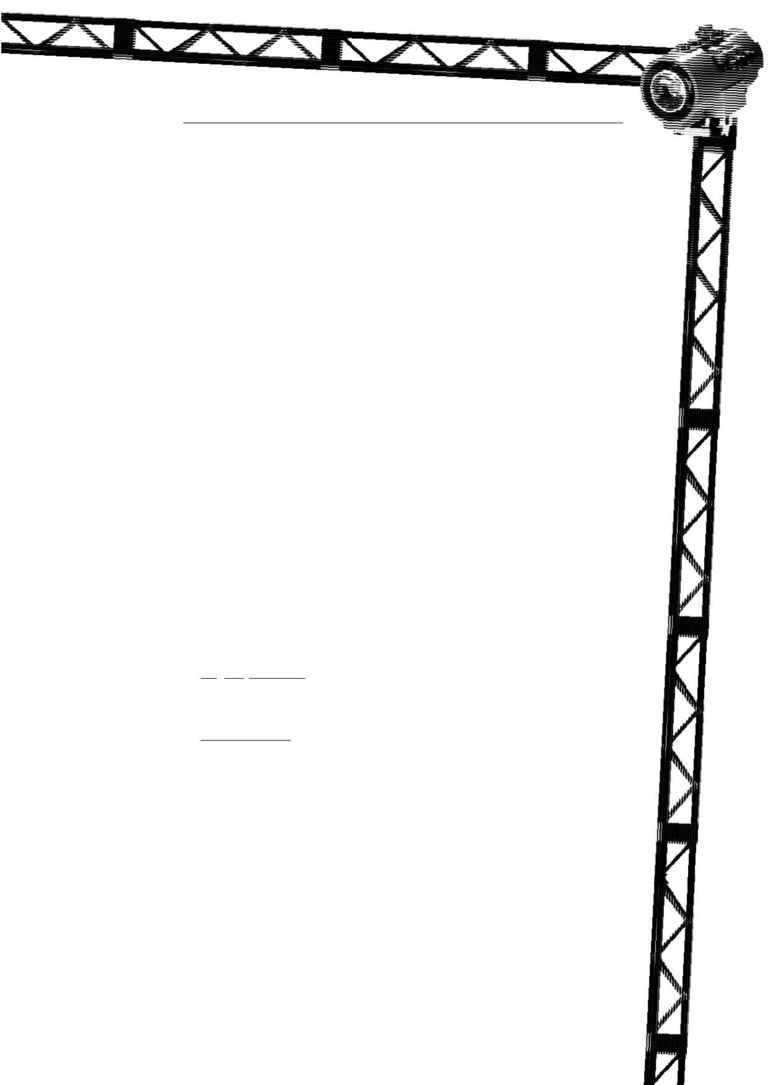
Science
Create a movie to show an important process in science that is hard to see with the
human eye, e.g., the Cell Division idea below. You can make models using LEGO or other
materials that represent stages within the process. Alternatively, use the camera
software to "speed up" slow processes using discrete, stop-motion shots over regular
time intervals (e.g., the Plant Life idea below). You can also "slow down" fast processes
by filming them and then extracting specific frames when you edit your movie, e.g.
the Effect of Gravity on Falling Objects and Earthquake ideas below.
· The Effect of Gravity on Falling Objects
Film different objects falling from the same height and measure the time in frames
per second. The quantity of frames shows the amount of time and serves as your
fundamental data.
· Earthquakes
Each group of students creates a building. Build a platform that can shake from side
to side and a scale that simulates different levels of force. Place each building on the
scale and film in live action as you slowly increase the force. Produce an edited
version showing all the different buildings. Which one survived the best?
(The LEGO DACTA Structures materials are a wonderful complement to this project
because they show how to build stable structures.) This movie project can be
successful with both younger (even preschool if you have DUPLO® materials) and
older students.
· Cell Division and the Dimensions of Dividing Cells
Create models of cells to illustrate how cell division works or how Mendel's genetic
heredity rules work. You can also show the growth rate of cells. For example, a certain
bacterium divides approximately every 30 minutes. One LEGO brick can be one
bacterium. Show how many bacteria develop after 1, 2, 3, ... hours.
· Animal Life
Adopt a pet or pets for your classroom e.g. gerbil, fish, bird, ants. Use the film to
document the life of the animal.
For younger students you can ask questions such as: How are the needs and the life
of this pet similar and different from your own needs and schedule? When does it/do
you eat? When does it/do you sleep? How does it/do you stay warm? What does
it/do you do for fun?
For older students, pose a more elaborate experiment. For example, students can
develop a hypothesis such as: How do rats learn to go through a maze? Students
can build a maze using LEGO elements or other materials and then set up the camera
to film each trial.
· Plant Life
Plant some seeds in pots and position them in your room. Take a stop-motion image
3-4 times a day as the plants grow.
· The Solar System
Create a model of each planet. Show the relative movement of the planets in
relationship to the sun. Try to model the relationship of size and distance among the
planets as well. Later, you can use the solar system as a set for a space movie!
11.
